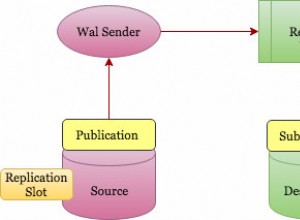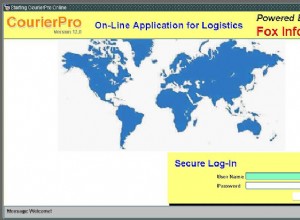Najlepszym miejscem do wymuszenia integralności danych jest baza danych. Zapewniamy, że niektórzy programiści, celowo lub nie, znajdą sposób na przemycenie niespójnych danych do bazy danych, jeśli im na to pozwolisz!
Oto przykład z ograniczeniami sprawdzającymi:
CREATE FUNCTION dbo.SignupMismatches()
RETURNS int
AS BEGIN RETURN (
SELECT count(*)
FROM Shift s
LEFT JOIN EventVolunteer ev
ON ev.EventId = s.EventId
AND ev.VolunteerId = s.VolunteerId
WHERE ev.Id is null
) END
go
ALTER TABLE Shift ADD CONSTRAINT chkSignup CHECK (dbo.SignupMismatches() = 0);
go
CREATE FUNCTION dbo.OverlapMismatches()
RETURNS int
AS BEGIN RETURN (
SELECT count(*)
FROM Shift a
JOIN Shift b
ON a.id <> b.id
AND a.Start < b.[End]
AND a.[End] > b.Start
AND a.VolunteerId = b.VolunteerId
) END
go
ALTER TABLE Shift ADD CONSTRAINT chkOverlap CHECK (dbo.OverlapMismatches() = 0);
Oto kilka testów nowych kontroli integralności danych:
insert into Volunteer (name) values ('Dubya')
insert into Event (name) values ('Build Wall Around Texas')
-- Dubya tries to build a wall, but Fails because he's not signed up
insert into Shift (VolunteerID, EventID, Description, Start, [End])
values (1, 1, 'Dunbya Builds Wall', '2010-01-01', '2010-01-02')
-- Properly signed up? Good
insert into EventVolunteer (VolunteerID, EventID)
values (1, 1)
insert into Shift (VolunteerID, EventID, Description, Start, [End])
values (1, 1, 'Dunbya Builds Wall', '2010-01-01', '2010-01-03')
-- Fails, you can't start the 2nd wall before you finished the 1st
insert into Shift (VolunteerID, EventID, Description, Start, [End])
values (1, 1, 'Dunbya Builds Second Wall', '2010-01-02', '2010-01-03')
Oto definicje tabel:
set nocount on
if OBJECT_ID('Shift') is not null
drop table Shift
if OBJECT_ID('EventVolunteer') is not null
drop table EventVolunteer
if OBJECT_ID('Volunteer') is not null
drop table Volunteer
if OBJECT_ID('Event') is not null
drop table Event
if OBJECT_ID('SignupMismatches') is not null
drop function SignupMismatches
if OBJECT_ID('OverlapMismatches') is not null
drop function OverlapMismatches
create table Volunteer (
id int identity primary key
, name varchar(50)
)
create table Event (
Id int identity primary key
, name varchar(50)
)
create table Shift (
Id int identity primary key
, VolunteerId int foreign key references Volunteer(id)
, EventId int foreign key references Event(id)
, Description varchar(250)
, Start datetime
, [End] datetime
)
create table EventVolunteer (
Id int identity primary key
, VolunteerId int foreign key references Volunteer(id)
, EventId int foreign key references Event(id)
, Location varchar(250)
, [Day] datetime
, Description varchar(250)
)




